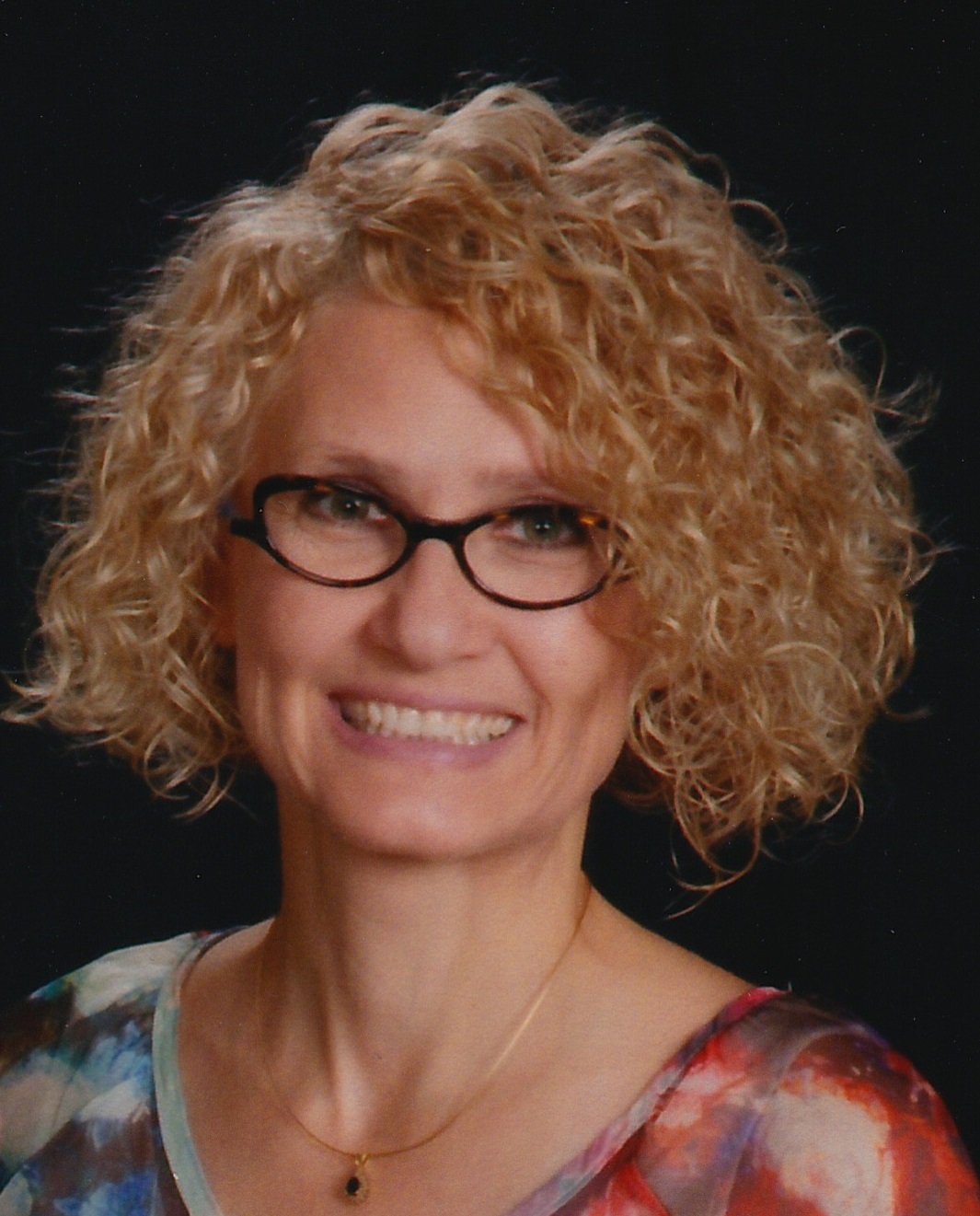'Can I Stay and Code?' Ask the students of Lake Hamilton
Karma Turner
Lake Hamilton Jr. High
Pearcy, Arkansas
Karma Turner has been teaching math for 21 years. In 2015, governor of Arkansas, Asa Hutchinson, passed legislation for all schools in Arkansas to provide computer science education to all high school students—Karma stepped up to bring computer science to her school.
Karma began the search for high quality, interesting curriculum for her 8th graders in the second year of the program. Her thoughts were, "If students hate coding when they're introduced to it in 7th grade, they're not going to want to pursue it later on." She wanted to find something "interesting to kids, but not too far above their head that they would lose interest".
She investigated many programs until she found Vidcode. "The layout of Vidcode lessons and the general attractiveness of the lessons are a real positive for me," Ms. Turner mentioned. "The final aspect that swayed my decision to go with Vidcode is the fact that Vidcode is developed and founded by a team of bright women. Their perspective on how to make coding attractive to girls and all students was a very important part of my decision. Also, the fact that students can use their own media in their projects is a big plus. With Vidcode, I'm sure I've found the program that meets my needs and wants."
"With Vidcode, I'm sure I've found the program that meets my needs and wants"
Karma teaches two semester-long classes where she teaches an Arkansas-specific program called Coding Arkansas' Future. She also teaches a 5 week coding block to all 325 8th grade students with Vidcode. This year, her challenge was making the coding block interesting to reach all 325 students—it certainly can be hard to capture the attention of every personality in the 8th grade! Karma said, "This challenge is best met with Vidcode! I feel my successes are often and many! The fact that I'm able to expose so many students to coding in an inviting and interesting environment is a great accomplishment." She uses Vidcode in 45 minute blocks with 50 students at a time. 50 students is a large number, but she and her team teacher, Nikki Aitkin are thriving.
I feel my successes are often and many! The fact that I'm able to expose so many students to coding in an inviting and interesting environment is a great accomplishment."
Recently, one of Karma's coding block students asked if he could stay an additional 20 minutes after class—digging not into another class, but rather, lunch! Karma encouraged him to eat lunch, but said, "He REALLY wanted to keep coding!"
The enthusiasm is infectious—another student said she felt like she felt like she was, "Really hacking something!" As we know, shifting perceptions of self is crucial for young students, so to Karma, Nikki, and the Lake Hamilton team, we are so grateful for your work! You are making a massive impact on your students and we are thrilled to continue following your story.
To learn more about bringing coding to your school, let's chat. Simply reach out below:






















